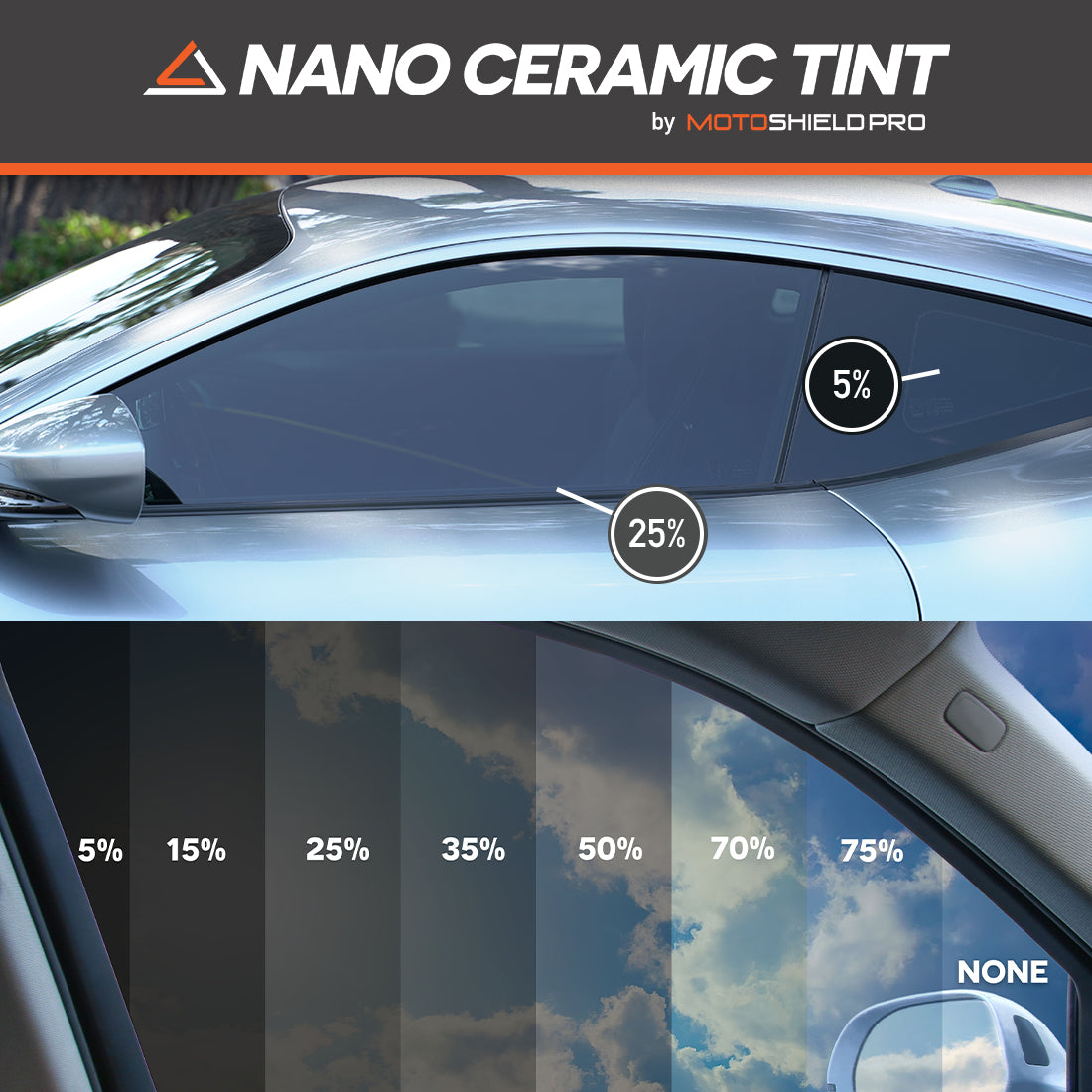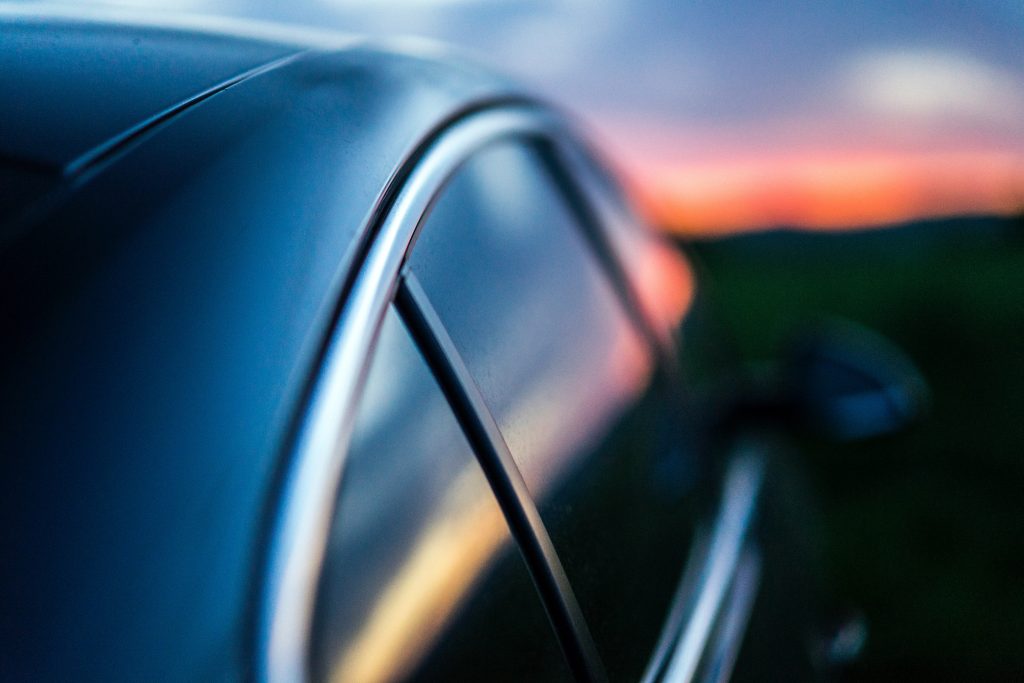Crucial Aspects to Consider When Choosing Home Window Color for Your Lorry
Picking the right window color for your car involves a cautious assessment of a number of vital elements that can significantly influence both legality and capability. Understanding neighborhood laws relating to Noticeable Light Transmission (VLT) is vital to avoid prospective penalties. The choice of home window tints varies commonly, incorporating options that give varying degrees of UV security and warmth being rejected, each with unique advantages. Furthermore, the selection between expert installment and DIY approaches can influence both expense and top quality. Each of these elements plays an important duty, but there are still considerations that might stun you.
Legal Laws and Restrictions

For instance, some states allow darker colors for back windows while imposing stricter limits on front windows. Additionally, policies may dictate certain shades or products that can be utilized, banning reflective or metal colors in particular instances.
It is essential to take into consideration not only the aesthetic needs however also the capability and security implications of home window tinting. Prior to setup, vehicle proprietors ought to acquaint themselves with their local regulations, which can commonly be found on state transport sites or through regional law enforcement companies.
Types of Home Window Color
Window color is available in numerous types, each made to meet different needs and choices. The most typical kinds include colored, metalized, ceramic, and hybrid colors.
Dyed home window color is prominent for its visual appeal, supplying an uniform look while lowering glare. It uses marginal heat being rejected and might fade over time. Metalized tint, on the various other hand, includes metallic bits that show warmth and UV rays, enhancing toughness and providing exceptional efficiency. This kind can disrupt digital signals, which is a vital consideration for those who depend on general practitioner or cell function.
Ceramic window tint is a premium choice, using exceptional warm denial and UV defense without endangering presence. Its non-metallic construction ensures that it does not interfere with electronic signals, making it a perfect choice for modern cars. Hybrid tints combine the advantages of colored and metalized films, offering a balance of visual appeals and performance.
When picking a home window tint, it's essential to consider each type's features and just how they line up with your particular requirements for personal privacy, warm rejection, and visual appeals.
UV Protection and Warm Being Rejected
A significant variable to think about in window color choice is the level of UV protection and warmth being rejected it offers. Ultraviolet (UV) rays from the sunlight can add to skin damage and increase the fading of an automobile's interior. Consequently, selecting a window color that offers high UV security is important for safeguarding both passengers and the vehicle's products. Numerous top quality tints can obstruct approximately 99% of damaging UV rays, significantly minimizing potential health and wellness threats.
In addition to UV security, warmth rejection is another important facet. Tints geared up with sophisticated innovation can mirror and absorb solar power, keeping the automobile colder and lowering dependence on air conditioning. window tinting. This not only enhances comfort however can additionally bring about improved fuel efficiency, especially in hot climates
When examining different color alternatives, look for those with a high Visible Light Transmission (VLT) percentage while keeping efficient UV and infrared warmth denial capacities. Products that fulfill these standards often indicate superior quality and performance, guaranteeing that your car stays a comfortable and risk-free setting. Inevitably, buying respectable window tint that excels in UV protection and warmth denial will yield long-term advantages for both health and wellness and automobile maintenance.
Installation Approaches and Expenses
Choosing the right home window tint includes not just recognizing its protective functions yet also thinking about the installment methods and linked costs. Expert installment usually assures a high-quality surface, as seasoned technicians guarantee that the color is used efficiently without bubbles or imperfections.
On the other hand, DIY sets are offered at a reduced rate factor, usually between $50 and $150. However, they require a particular degree of skill and persistence, as inappropriate application can bring about unacceptable results. It's important to comply with the maker's directions thoroughly and enable adequate time for setup
Furthermore, consider the potential prices of getting rid of or changing incorrectly set up tint, which can escalate promptly. Inevitably, choosing the most appropriate installation approach rests on balancing budget restraints with the wish for high quality, sturdiness, and aesthetic allure of the home window tint.
Upkeep and Durability
Proper upkeep is necessary for making sure the durability of your vehicle's home window tint. Normal cleansing and care can significantly influence the appearance and durability of the color - window tinting. It is recommended to wait a minimum of a week after setup before cleaning the windows to permit the sticky to heal completely
When Get More Information cleaning colored home windows, utilize a soft microfiber fabric and a gentle, ammonia-free cleaner. Rough chemicals can deteriorate the color, causing peeling or staining. Stay clear of utilizing unpleasant materials, as they can damage the surface and endanger the tint's stability.

Evaluate your home window tint regularly for any kind of signs of damages, such as bubbling or staining. Early detection enables prompt repair work, maintaining the go to these guys tint's functionality and visual appeal. By sticking to these upkeep methods, you can enhance the durability and visual high quality of your vehicle's home window tint, ensuring it continues to be a practical and attractive attribute for years to find.
Conclusion
In final thought, choosing the proper home window color for an automobile requires cautious consideration of different aspects, including legal policies, types of tint available, and the dual advantages of UV defense and warmth denial. Routine maintenance is vital to make sure the durability of the tint.
Choosing a home window color that uses high UV security is important for protecting both occupants and the vehicle's products. Eventually, investing in trustworthy home window tint that excels in UV defense and warm being rejected will generate long-lasting benefits for both wellness and automobile upkeep.
Proper upkeep is necessary for making sure the longevity of your lorry's home window tint. By sticking to these maintenance practices, you can improve Source the longevity and aesthetic high quality of your vehicle's home window tint, guaranteeing it stays a practical and attractive attribute for years to come.
In final thought, picking the proper home window tint for a vehicle requires careful factor to consider of various variables, including lawful regulations, kinds of tint offered, and the twin benefits of UV defense and heat denial.
Comments on “Tips for Preserving Your window tinting for Resilient Performance”